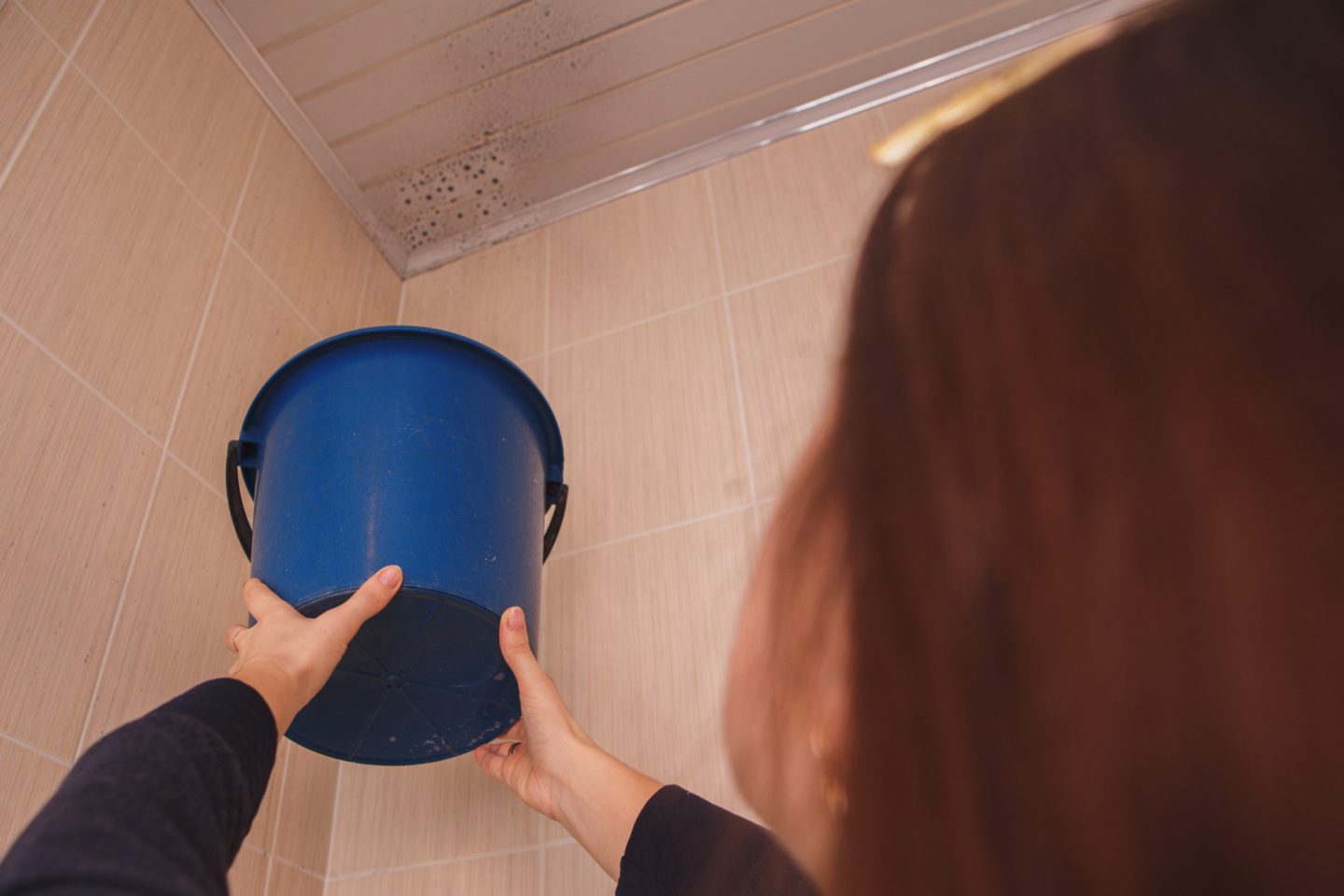
Water damage is one of the most common—and costly—issues property owners face. Whether you’re dealing with a leaky roof, faulty plumbing, or high groundwater levels, early identification of water damage risks can prevent expensive repairs and structural deterioration. Knowing where these risks lie in your home or building is critical for long-term maintenance and safety.
In San Diego County, where both coastal humidity and rare but intense rainstorms are a factor, understanding your property’s vulnerabilities is key to preserving its value and livability. Here’s how to spot common water damage risks and when it’s time to consult the professionals.
Roof Leaks and Poor Drainage
Your roof is the first line of defense against rain and moisture. Even small roof leaks can cause major damage over time if left unchecked. Common issues include missing shingles, clogged gutters, and deteriorating flashing around vents or chimneys. When gutters overflow or downspouts are not directed away from the foundation, water pools near the base of your home, leading to soil erosion and potential slab or foundation issues.
According to This Old House, poor drainage is one of the biggest contributors to long-term water problems. Regular roof inspections and ensuring downspouts discharge at least five feet away from the home can mitigate this risk.
Plumbing Failures Inside the Walls Can Cause Water Damage
Not all water damage is immediately visible. Pipes hidden behind walls and under floors can crack, leak, or burst over time, especially in older homes with galvanized plumbing or shifting foundations. Listen for unusual sounds like dripping or rushing water, look for mold spots, or monitor water bills for unexpected increases.
A helpful indicator of hidden plumbing issues can be warped baseboards, soft spots in flooring, or a persistent musty smell. In fact, The Family Handyman notes that discoloration in ceilings or walls is often the first sign of a problem behind the surface.
Appliance Malfunctions
Dishwashers, washing machines, and water heaters are convenient, but they’re also notorious for causing water damage if not maintained. Worn-out hoses, clogged filters, or faulty seals can all lead to slow leaks or sudden flooding. Water heaters, in particular, can rust from the inside out, often going unnoticed until a catastrophic failure.
Inspecting these appliances regularly and replacing rubber hoses with braided stainless steel options can extend their lifespan and reduce your water damage risk. Installing water leak sensors beneath these appliances is another proactive measure.
Basement and Crawl Space Moisture
In some San Diego properties, especially those with basements or crawl spaces, moisture accumulation is a persistent concern. These lower areas are prone to condensation, seepage through foundation walls, or flooding during heavy rains. Over time, this can lead to wood rot, mold growth, and compromised structural supports.
Installing vapor barriers, improving drainage, or adding sump pumps where appropriate can dramatically reduce water exposure in these areas.
Window and Door Leaks Water Damage
Older windows and doors can become prime entry points for water, especially if they’ve lost their seal or were poorly installed. Warped wood, bubbling paint, or visible water stains near sills are signs of ongoing leaks. Replacing old caulking, adding weather stripping, or upgrading to newer energy-efficient windows can improve both insulation and water resistance.
Landscaping and Grading Issues
Surprisingly, your landscaping can contribute to water damage risks. Sloped yards that direct water toward your home’s foundation, overwatering near the structure, or the absence of proper ground cover can all lead to excess water buildup.
Regrading your yard to slope away from the home, installing French drains, or using drought-resistant plants with minimal watering needs are smart strategies for both water conservation and property protection.
Recognizing the Signs of Existing Water Damage
Even with preventative measures, it’s important to know the warning signs of water damage that may already be affecting your property. These include:
- Peeling paint or wallpaper
- Sagging ceilings or warped flooring
- Persistent mold or mildew odor
- Efflorescence (white, powdery substance) on concrete or brick
- Soft drywall or visible mold
If you notice any of these signs, it’s best to act quickly before the problem escalates.
Christian Brothers – Water Damage Mitigation Experts in San Diego County
Water damage isn’t always obvious, but the consequences can be severe when left unaddressed. From roof leaks to hidden plumbing failures, every home or business has its vulnerabilities. Christian Brothers specializes in identifying and mitigating water damage risks throughout San Diego County, helping property owners stay one step ahead of potential disaster with professional assessments and restoration services tailored to your unique needs.
